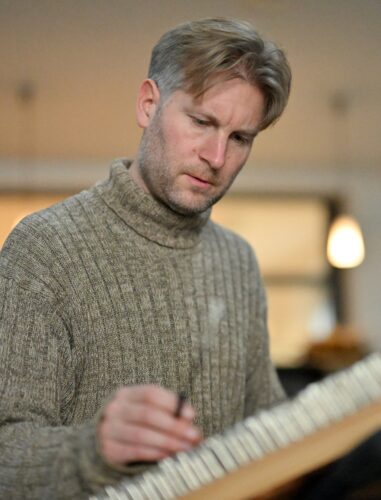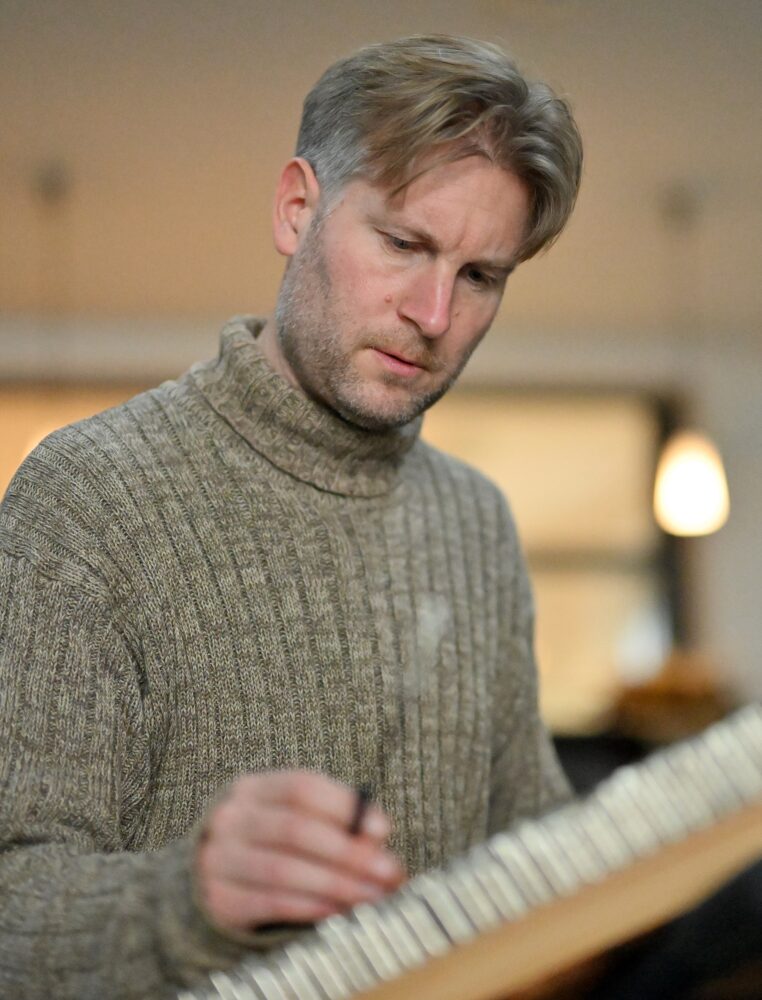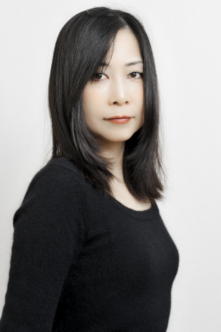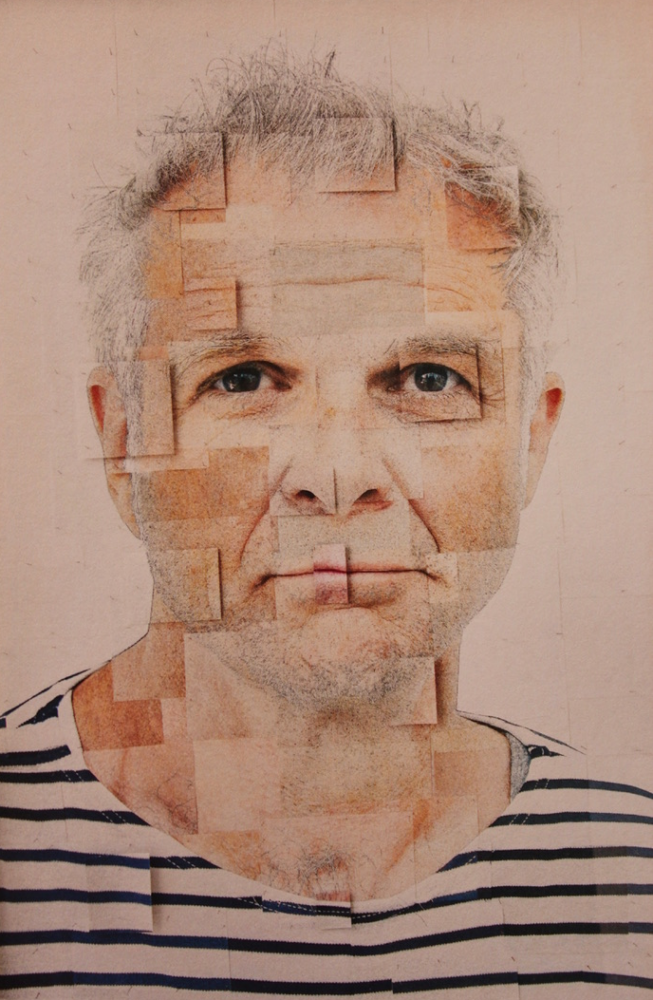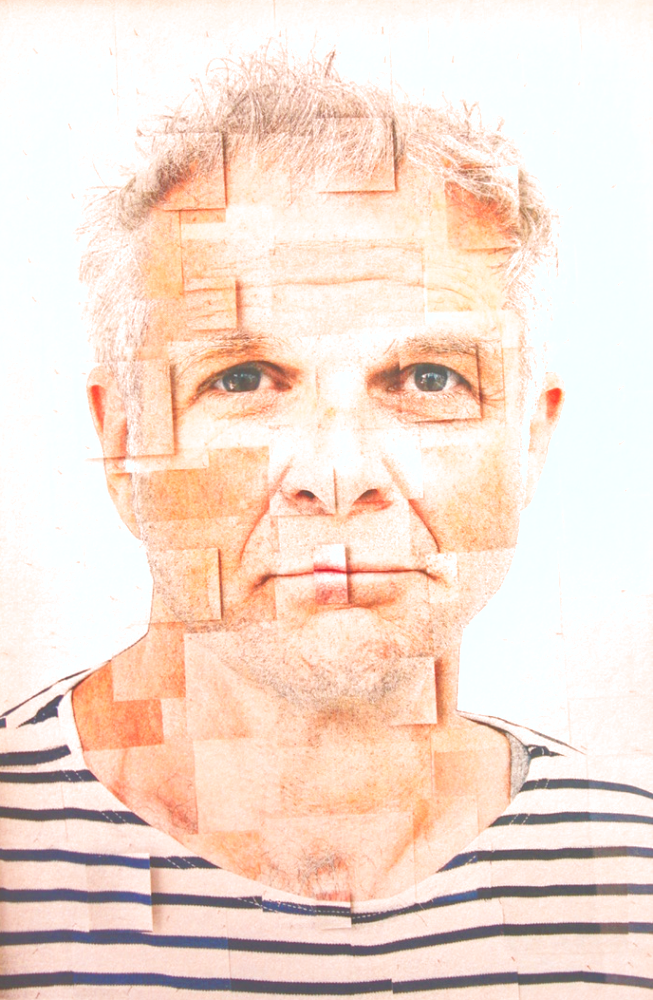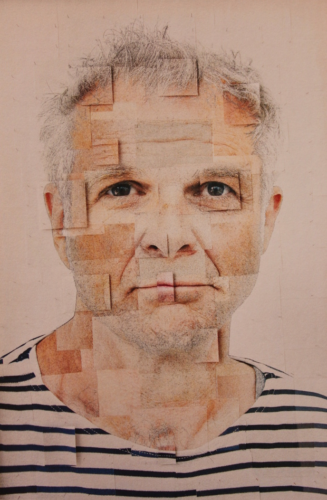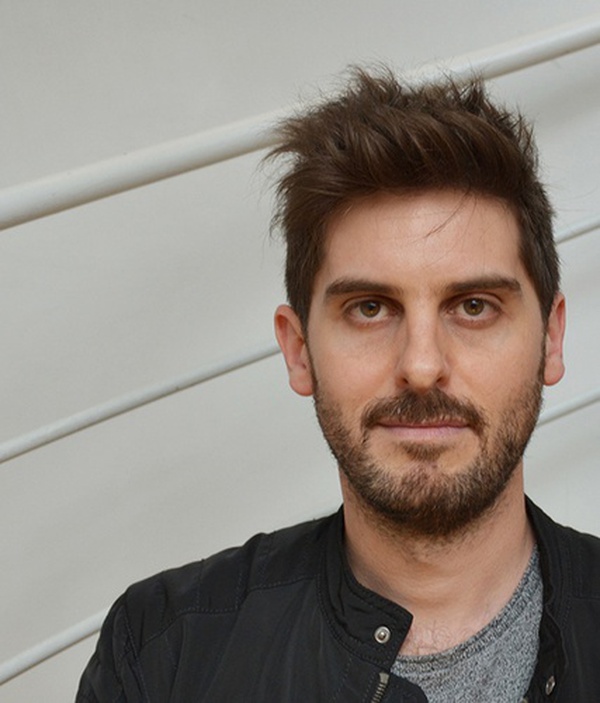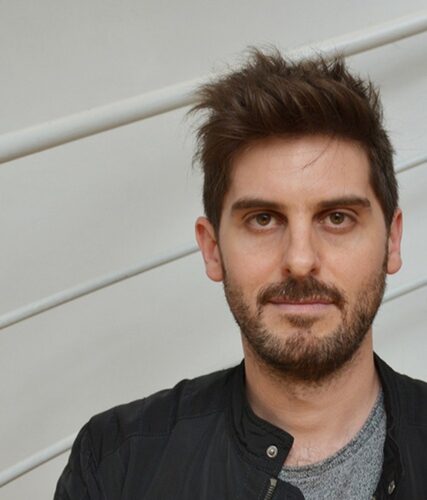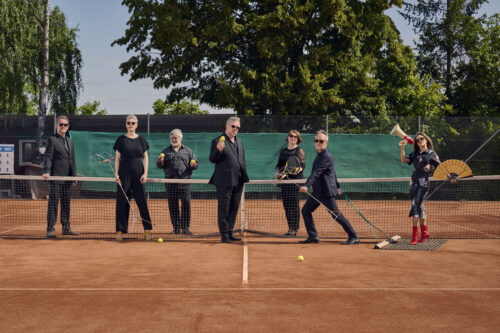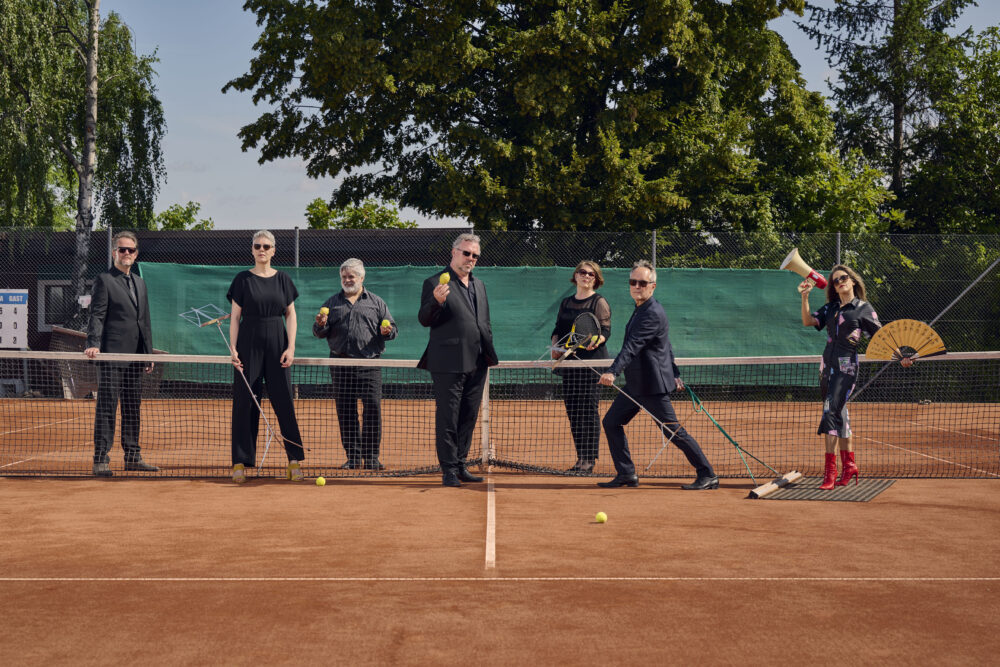Stefan Pohlit: Am Rhein
In recent years, my work has focused on a series centred on the periphery, primarily the border regions between Europe and the Orient. I grew up in the countryside and, in the years before my return to Germany, lived in isolation along the Aegean coast. Additionally, three-quarters of my ancestors were Polish. As an ode to “home” (which, in truth, never truly existed), Am Rhein draws inspiration from the folklore of the fishing village of Neuburg, where my grandfather Otto Balzer was born. Changes to the river’s course shifted Neuburg in the 16th century from Baden to the border with Alsace. As a linguistic enclave, the village has been studied extensively. Building on the dissertation of philologist Dieter Karch (University of Nebraska, 1978), I incorporated dialectal sources. These accounts portray a rural population so impoverished that, even in the early 20th century, many emigrated en masse to the United States and Ukraine.
I believe in the further development of all cultures. A significant part of my work aims to transform economic thinking into an “ecology of the mind.” At the heart of this process is humanity, which I seek to approach not through polarisation but via a conjunctive reality. As a music ethnologist, I hope that my informants can recognise themselves in the “end product.” In this context, composing my cantata was a challenge, as I chose not to obscure the “naivety” of my subject matter. I would like to express my gratitude to musician Klaus Hessert and, above all, to my distant cousin, local historian Gerd Balzer, for their support.
(Stefan Pohlit)
